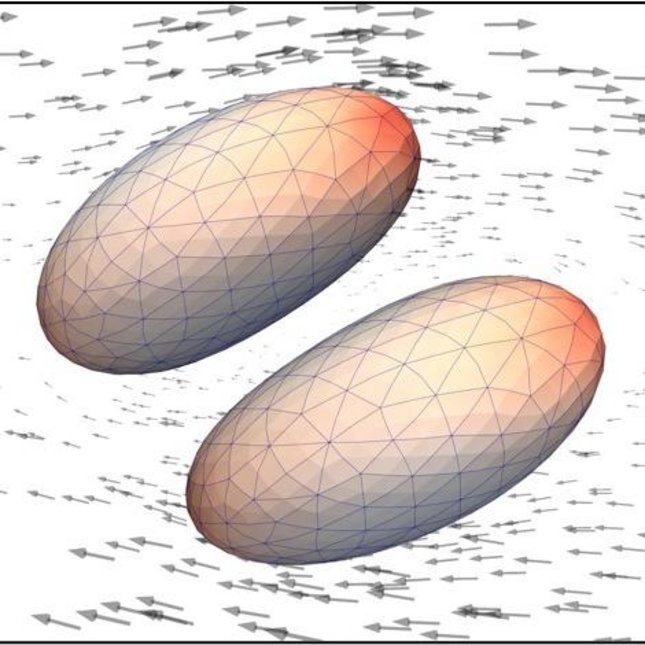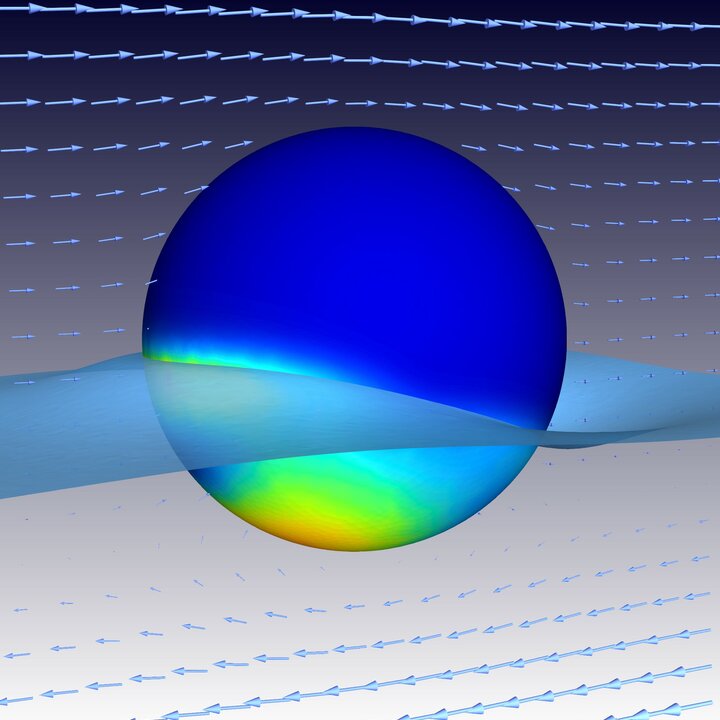
Complex fluids are fluids with structure. Examples are polymeric fluids, fluids with rigid or flexible solid particles and fluids consisting of multiple phases. Under flow, the structure can change significantly: polymers can develop high local stresses due to extensional flows, particles can migrate or align/cluster and droplets can merge or break up. In order to study these complicated phenomena, we develop numerical methods.
A state-of-the-art implementation of the finite element method is the main technique used in our group. Simulations are used in different settings, depending on the application that is studied. Some examples are:
- optimization of processing conditions
- uncertainty quantification of constitutive models
- sensitive analysis in material processing
- stability analysis of viscoelastic flows
Many of our projects are motivated by industrial problems, which have led to a profound understanding of complicated flow problems, for example in extrusion, coating flows, and fiber-spinning. Problems of societal problems are also studied, for example by using simulations combined with experiments to probe the properties of biomaterials.
Complex fluids are fluids with structure. Examples are polymeric fluids, fluids with rigid or flexible solid particles and fluids consisting of multiple phases. Under flow, the structure can change significantly: polymers can develop high local stresses due to extensional flows, particles can migrate or align/cluster and droplets can merge or break up. In order to study these complicated phenomena, we develop numerical methods.
A state-of-the-art implementation of the finite element method is the main technique used in our group. Simulations are used in different settings, depending on the application that is studied. Some examples are:
- optimization of processing conditions
- uncertainty quantification of constitutive models
- sensitive analysis in material processing
- stability analysis of viscoelastic flows
Many of our projects are motivated by industrial problems, which have led to a profound understanding of complicated flow problems, for example in extrusion, coating flows, and fiber-spinning. Problems of societal problems are also studied, for example by using simulations combined with experiments to probe the properties of biomaterials.
